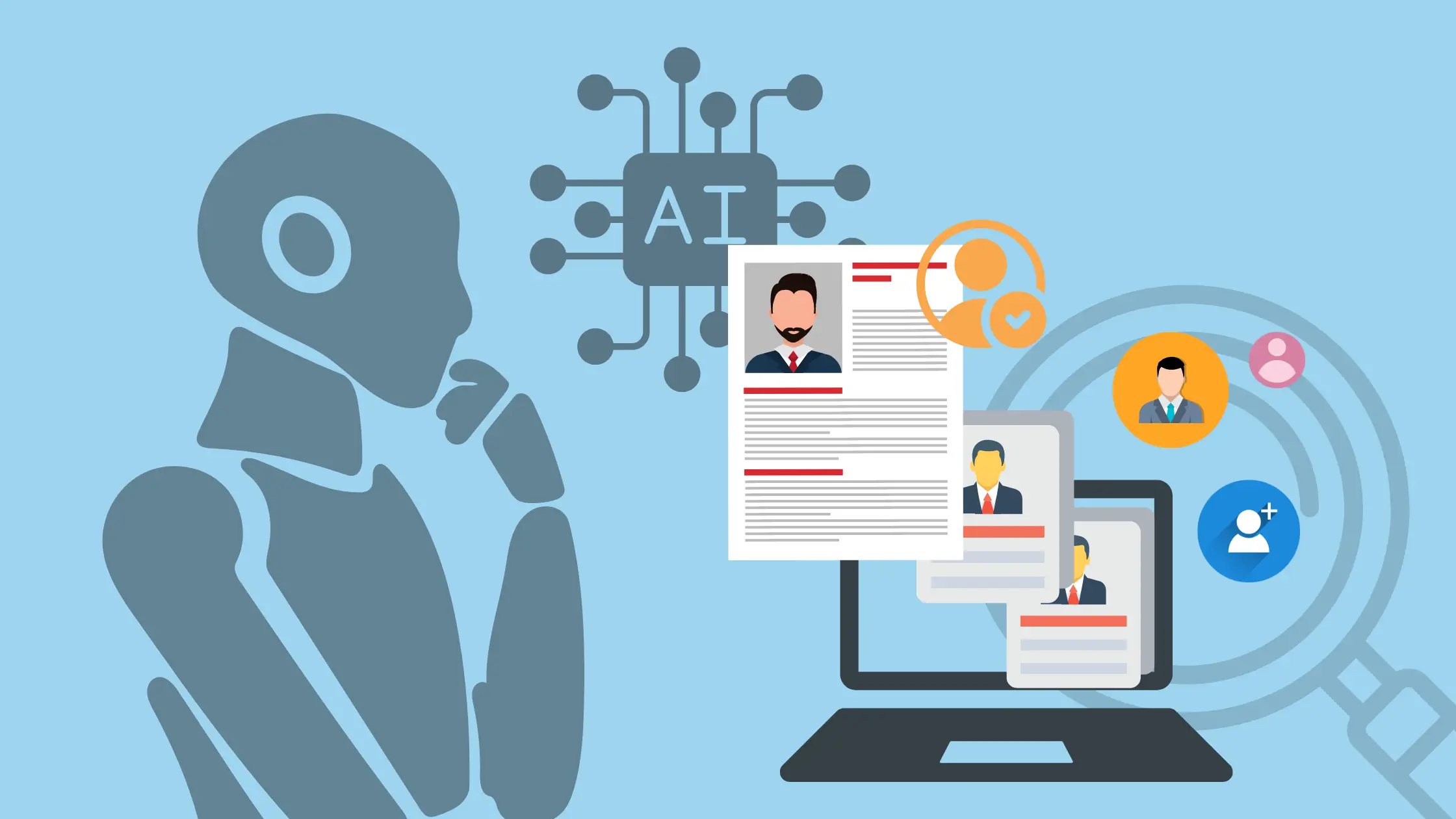In today’s fast-paced, technology-driven world, recruitment and training strategies are undergoing transformative shifts. Businesses must navigate the challenges and opportunities presented by the rise of artificial intelligence (AI), hybrid work models, and shifting employee expectations. Staying ahead of these trends is critical to attracting top talent and ensuring workforce readiness.
The Changing Face of Recruitment
AI-Driven Recruitment
Artificial intelligence has revolutionized the hiring process, enabling recruiters to streamline operations, reduce bias, and make more data-informed decisions. AI tools can now:
- Automate Candidate Sourcing: Platforms like LinkedIn’s AI-driven filters identify top candidates based on skills, experience, and culture fit.
- Enhance Candidate Screening: AI-based software scans resumes, evaluates video interviews, and conducts behavioral assessments.
- Improve Diversity and Inclusion: Algorithms can identify patterns of bias and ensure diverse candidate pools.
Virtual Recruitment and Employer Branding
With the rise of remote work, candidates increasingly expect a seamless virtual recruitment experience. Organizations now leverage:
- Interactive Career Portals: Engaging platforms that showcase the company’s culture, values, and growth opportunities.
- Virtual Job Fairs: Real-time networking events with potential candidates from around the globe.
- Social Media Campaigns: Using platforms like TikTok and Instagram to connect with Gen Z talent creatively.
Revolutionizing Training with Technology
Gamification and Microlearning
Traditional, lengthy training sessions are being replaced by engaging and bite-sized modules. Gamification enhances learning through:
- Interactive Simulations: Real-world scenarios where employees can practice skills in a risk-free environment.
- Achievement-Based Incentives: Badges, leaderboards, and rewards motivate continuous learning.
Microlearning breaks training into digestible parts, making it easier for employees to fit skill development into their busy schedules.
AI and VR in Training
- AI-Powered Learning Platforms: Adaptive platforms like Coursera and Udemy adjust content based on user performance and feedback.
- Virtual Reality (VR) Training: VR creates immersive experiences for roles requiring hands-on practice, such as medical procedures or machinery operations.
Recruitment and Training in a Hybrid Work Model
The shift to hybrid work has made flexibility a cornerstone of workforce management. Recruitment and training must adapt to this dynamic environment:
- Recruitment: Tailor job descriptions to emphasize location flexibility, and consider virtual onboarding programs to integrate remote employees effectively.
- Training: Offer a mix of in-person workshops and online courses to cater to diverse working arrangements.
Key Takeaways
- Leverage AI: Use AI for smarter hiring and personalized training experiences.
- Focus on Flexibility: Embrace tools and strategies that align with hybrid work expectations.
- Invest in Branding and Engagement: Build a strong employer brand and foster a culture of continuous learning.
By staying attuned to these trends, organizations can position themselves as industry leaders, attract the best talent, and create a future-ready workforce.







Leave A Comment